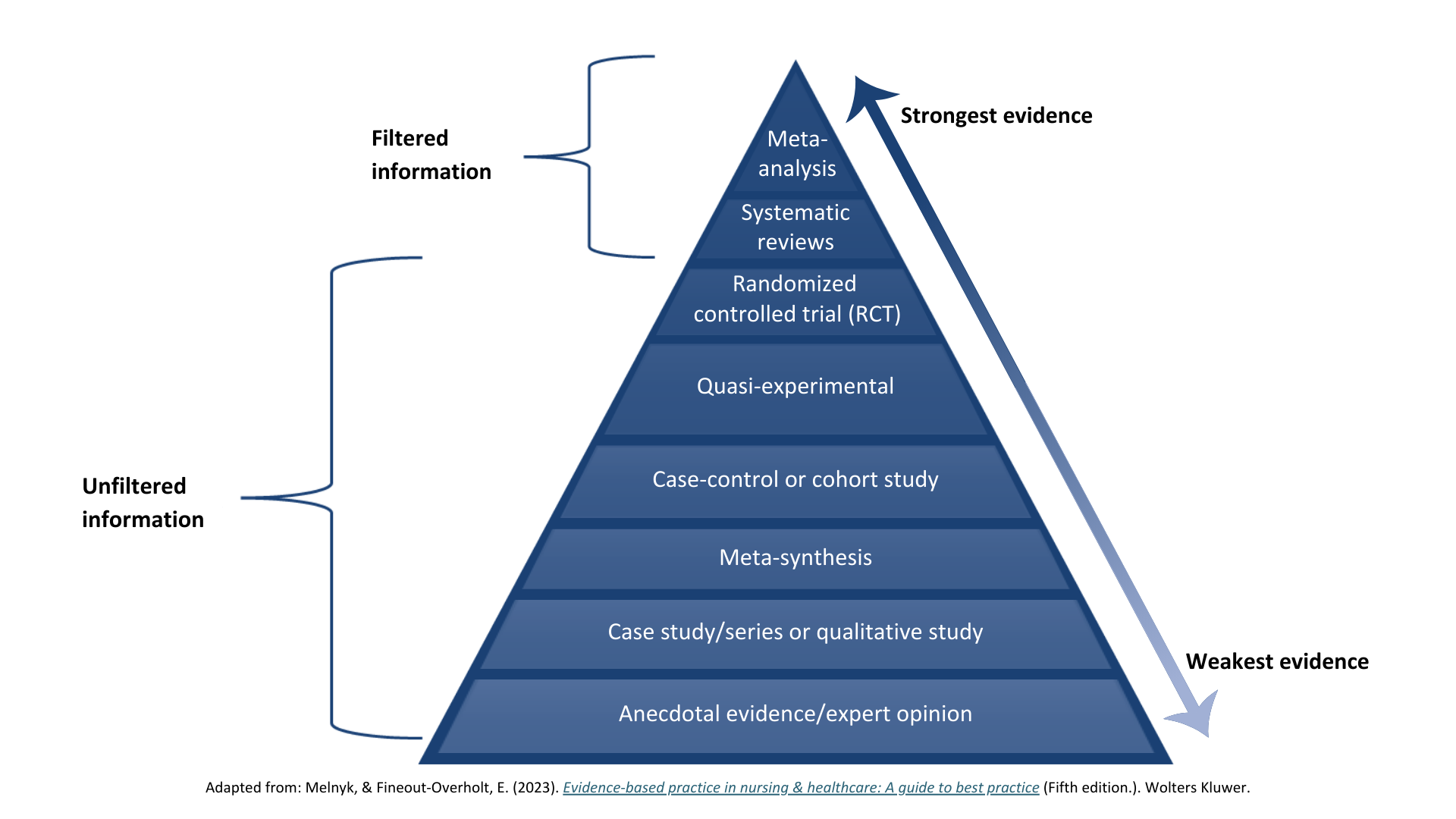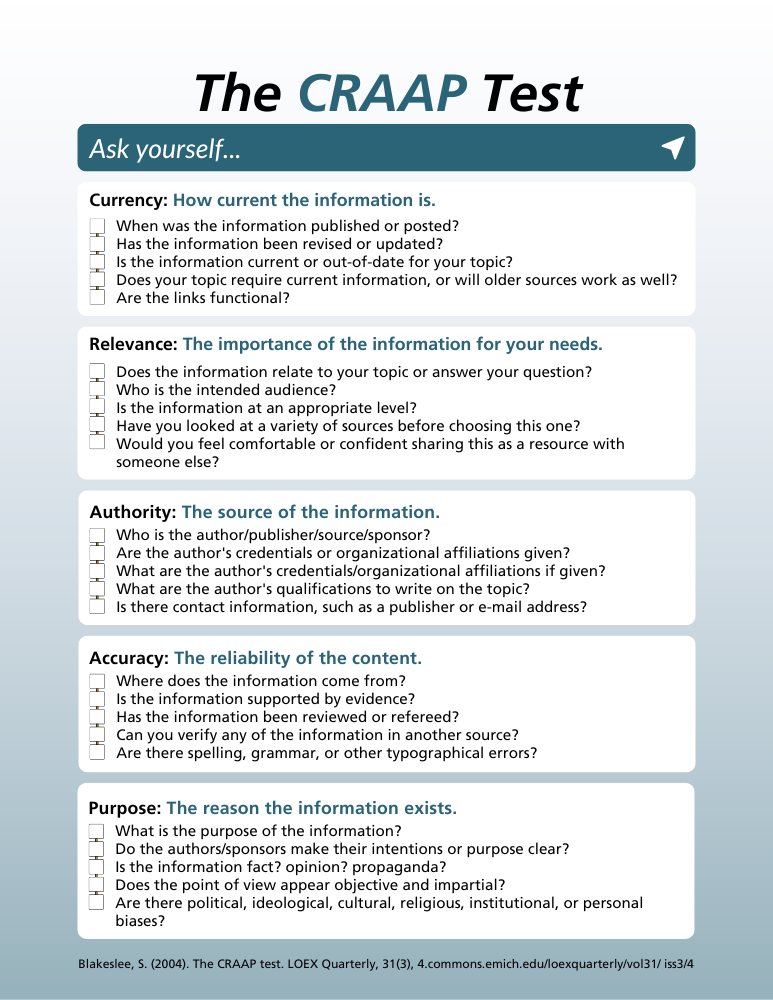How to read and understand research
Expand your research literacy by picking up pointers designed to help you understand key research findings and their implications.

Researchers continue to make great strides in the study of dementia. However, given the surplus of health information available, developing and refining our research literacy is important. How can we assess online information — particularly when it comes to health — to ensure it is accurate?
The CRAAP test
One way to refine your research literacy is to employ what Blakeslee (2004) termed the CRAAP test. This memorable acronym stands for Currency, Relevance, Authority, Accuracy and Purpose.
Considerations
- Correlation does not mean causation. Just because two things are found to be linked doesn’t mean one necessarily causes the other. Other factors can interfere and create a false impression of cause and effect. For example, when ice cream sales go up, so do sunburns. But ice cream doesn’t cause sunburn. Sunny weather is the real cause of both.
- Studies done on animals or cells don’t always generalize to humans. Research is often conducted on animals before humans to determine the effects of a treatment. However, promising results in an animal study do not always appear when the same study is done on humans.
- Look beyond the headline. Headlines can be oversimplified or exaggerated to grab the reader’s attention. Read through the full text of the news story to get a more complete understanding.
- Cross reference with other sources. Search the topic and see if other sources support the findings.
- One study is just one study. A single research study is rarely enough to confirm a breakthrough. When many studies are complete, researchers can draw conclusions from a combined body of knowledge – this is often referred to as a “literature review” or a “systematic review”. It’s common for a study to conclude that “more research is needed” and for results to be repeated by follow-up studies.
- Not all studies are created equal. Research varies in the quality of evidence it generates. Anecdotes and expert opinions are valuable but sit at the bottom of the evidence pyramid (pictured below). Similarly, a single patient (case study) is interesting but should not guide major health decisions.
- Stronger evidence comes from systematic reviews, which compile data from many high-quality studies. At the peak of the evidence pyramid are meta-analyses, which combine results from multiple studies to provide a clear picture of the effectiveness of an intervention.
- If you feel unfamiliar with any of these research terms, check out our Research glossary.
- This pyramid demonstrates different types of health research studies. The higher up the pyramid you go, the stronger and more reliable evidence becomes.

Keep building your research literacy
- Stay informed. Watch our Research connects webinar “Enhancing dementia research literacy in the age of (mis)information.”
- Stay connected. Register for our ongoing Research connects webinars.
- Check out the Alzheimer Society of Canada‘s research webinars featuring Canadian researchers here.
- Check out EurekAlert! – a news-release distribution platform, operated by the non-profit American Association for the Advancement of Science. Type “dementia” into the search bar on the home page and you’ll be able to see all the recent news releases related to the topic.
- Visit “The Conversation,” an independent news source from the academic community, intended for the public. Type “dementia” into the search bar on the home page to see the posts related to dementia.
- Consult the experts. Connect with our Research & Knowledge Mobilization team at [email protected].

